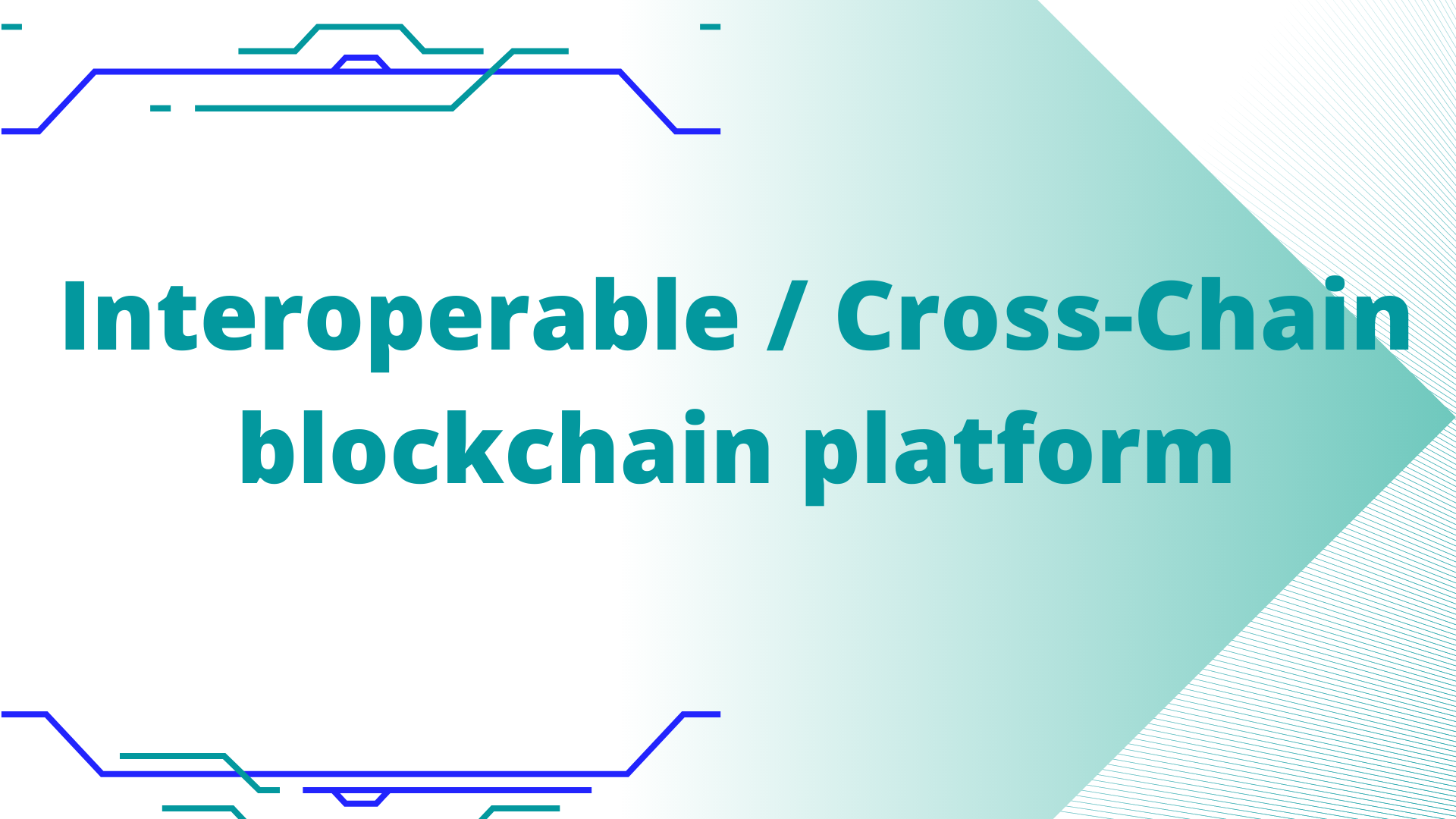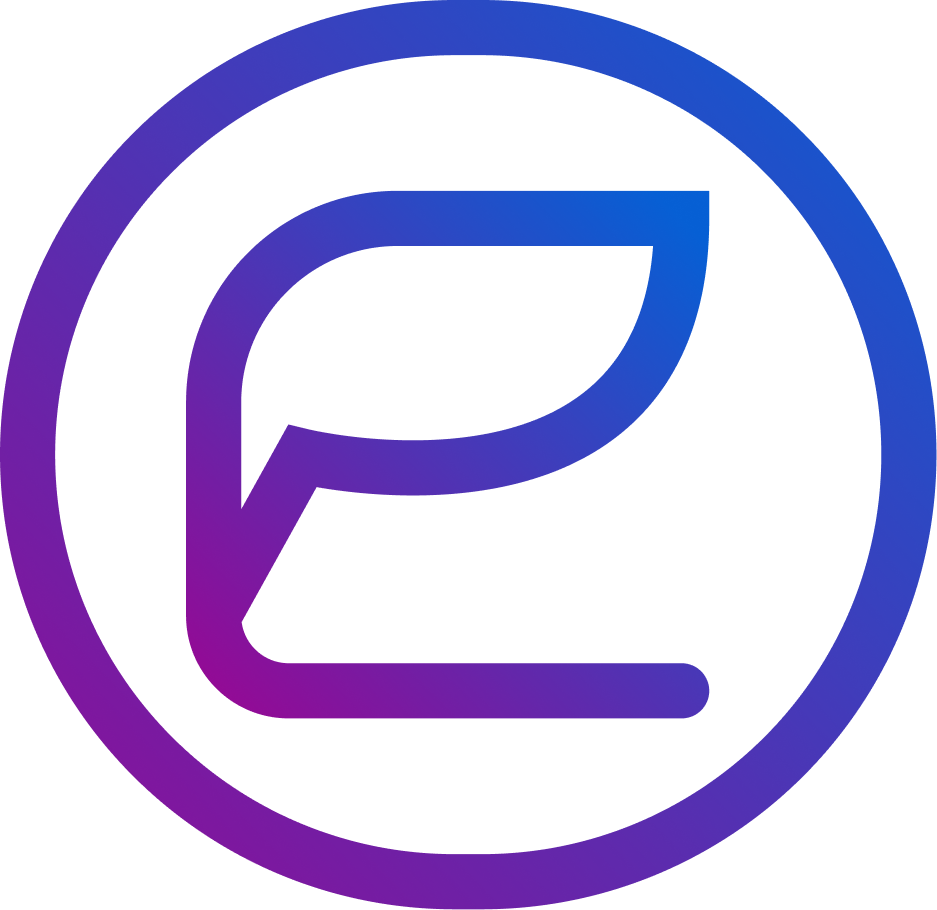Blockchain technology has been a promising technology in the IT industry. The prime reason is for its features like security, decentralization, and immutability. The global blockchain technology market size stands at USD 3.67 billion in 2020 and has been increasing exponentially since then. It is projected to grow at a CAGR of 55.8% in the 2021-2028 period.
The increasing acceptance of blockchain technology across various sectors worldwide is the major factor driving the market growth. Although blockchain technology is being implemented in different industries like real estate, healthcare, and media, finance still has the largest share at 29.7% of spending in banking alone.
Over 6,000 cryptocurrencies are operating currently. Out of these 6,000 cryptocurrencies, 20 cryptos form 90% of the total. New blockchain networks are coming up to address different needs in different industries. With so many blockchains, the need for interoperability has become a top priority for the technology.
As quoted by Fred Ehrsam, “Everything will be tokenized and connected by a blockchain one day”.
Fred- co-founder and managing partner of cryptocurrency investment firm Paradigm.

Interoperable blockchain allows disparate blockchain systems to communicate with each other. Interoperability in the blockchain is the ability to share, view and access information across different blockchain networks with no involvement from any intermediary, like a centralized exchange.
The aim of interoperable enterprise blockchain can be enabled by integrating functionalities like initiating transactions on other networks, conduct transactions with other chains, integrating apps in the chain, and making it easy for users to switch from one underlying platform to another.
Blockchain interoperability is the only way in which an enterprise blockchain can realize its full potential and get the most out of its investments. Interoperability will allow many abilities, like enabling smooth sharing of information across blockchain networks, easier execution of smart contracts, user-friendly experience, and developing partnerships.
Blockchain interoperability: What is Cross-Chain Technology?
As blockchain is developing rapidly, it is giving rise to different kinds of chains. One such technology that is becoming more evident is Cross-Chain Technology. Cross-chain technology is being considered the most important solution for enhancing interoperability between blockchains.
Cross Chain technology is primarily an emerging technology that allows the transmission and exchange of value and information between different blockchain networks.
Most blockchain networks operate on isolated ecosystems as they are trying to address and resolve a selected list of needs. It has become impossible for users to enjoy all the benefits of ledger technology since these chains operate in isolation. The inability of the different blockchains to communicate with each other and share information has restricted their development.
In such cases, cross-chain technology seeks to solve these issues of the blockchain by working in isolation and enables interoperability between blockchains. It is all about the development and deployment of interoperable blockchain systems by strengthening blockchain communication.
Blockchain interoperability solutions
To date, most of the interoperability solutions were focused across public blockchains. They used crypto-directed tools like side-chains, notary schemes, and time hash-locks. But with time, the focus has been shifting towards interoperability between private networks or between private networks and public networks.
Another solution for interoperability is the use of a separate blockchain. This blockchain can act as a bridge to facilitate communication across networks. The bridge is a third blockchain that connects the two blockchains and maintains transactional and messaging activity between them through time-stamped ledger that is cryptographically secured.
Other interoperability tools used by blockchains are the hub and spoke model, decentralized finance (DeFi), and general-purpose bridges.
Blockchain Interoperability Projects
Many companies worldwide are developing projects to try and bridge the gap between various blockchains. The projects aim to facilitate communication and interaction between the networks and ensure decentralization is completely realized. Some of these interesting projects aiding blockchain interoperability are as follows –
Cosmos – The goal of Cosmos is to create an ecosystem of blockchains that can scale and interoperate with each other. Cosmos is a smart contract platform and its architecture is based on the “hub and spoke” model, where a central hub is connected by a series of spoke chains using inter-blockchain communication.
Their ultimate goal is to create an “internet of blockchains” where a network of blockchains can communicate with each other in a decentralized manner. Cosmos uses Inter Blockchain Communication (IBC) protocol to communicate between a central hub and zones that are the chains linked to the network.
Polkadot – Polkadot is another project that facilitates transaction and data exchanges. It seeks to enhance the transfer and exchange of smart contract data across various blockchains. Polkadot consists of various para-chains that have different characteristics. It enables the transfer of both value and data by using these para-chains and relay chains on the Polkadot’s network.
It employs certainly required validators to bring about a certain degree of centralization. It can help with the issue of scalability that blockchain technology faces by running multiple parallel chains. It wants to ensure a connection between private chains, public chains, oracles, and permissionless interfaces. It seeks to enable an internet where independent blockchain solutions can exchange information. This can be done using Polkadot relay chains.
Wanchain – Wanchain is an online interoperable blockchain solution with secure multi-party computing. It allows interconnection between private, public, and consortium networks through a proprietary protocol that makes it easy to transfer any digital asset between different blockchains. It ensures cross-chain capabilities through the latest cryptographic theories.
They aims to facilitate communication between heterogeneous blockchain networks like Bitcoin, Ethereum, EOS, and more. It seeks to rebuild finance by building all digital assets on one blockchain. The Wanchain project also enables the deployment of smart contracts based on Ethereum. These aspects of Wanchain make it an interesting blockchain solution for delivering distributed applications requiring easy access to various blockchains.
Blockchain interoperability issues/problems or challenges
Interoperability in the blockchain is possible only through standardization. When building a blockchain network, developers often ignore standards for more freedom in the development. But this approach can lead to interoperability and communication issues in the blockchain system.
The biggest challenge that interoperability in blockchain faces is that multiple blockchain networks have different parameters, like consensus models, smart contract utilization, and transaction schemes.
To remedy these problems, companies are coming up with various standardization efforts. The use of open protocols that permit communication between blockchains without the need of any third party is one of the possible solutions to address interoperability issues.
The other is the use of multi-chain frameworks, also known as the “internet of blockchains”. They are more complicated than open protocols. Blockchains are plugged into a framework. They become a part of a standardized ecosystem and transfer data and value between each other.
Thorchain: The upcoming blockchain interoperability platform
The Thorchain project is using a scalable multi-chain blockchain solution to develop a global payment and liquidity protocol. The primary use case for Thorchain is a decentralized cryptocurrency exchange. The project delivers a high-throughput blockchain solution to ensure liquidity and interoperability with different blockchains.
It has several features which allow it to undertake decentralized inter-blockchain asset trading. It aims to make all crypto liquid by enabling the trading of non-crypto assets. It enables the trading of Bitcoin for Ethereum but in a completely decentralized manner with no third party ever taking control of the funds.
RUNE is Thorchain’s native asset, and it’s used for trading, rewards, bonding, and governance. RUNE provides a bridge for assets from different blockchains and is traded against assets in every other pool on Thorchain. The broader goal of the team is to eliminate the need for a centralized party and create decentralized liquidity.
Finally, Thorchain’s team believes its protocol of cross-chain swaps is just the beginning and they aim to build a protocol for all of DeFi, borrowing, and lending across blockchains. They plan to add greater wallet support, update the main website, and add pools for other assets.
Future of Blockchain interoperability
It is extremely important to adopt interoperability in blockchains across several industries that they can disrupt. Interoperability is not just restricted to swapping crypto assets across blockchains. It also allows sharing of other information, such as supply chain records, medical records, medical certificates, real estate ownership, and so on.
The emergence of interoperability solutions in blockchain will help in changing the present attitudes toward blockchain and the reluctance in adopting blockchain technology. It will be an important step toward persuading networks that the success of blockchain depends on the seamless exchange of data across networks. With the help of interoperability in blockchain, we can say that blockchain is finally on the threshold of widespread acceptance and adoption.
The Dappros Edge
Dappros has expertise in developing decentralized applications for their clients. These applications are fast, reliable, secure, and help in enhancing the customer experience. They specialize in blockchain technology and make use of emerging technologies like Ethereum, Solidity, and Smart Contracts to convert a centralized system into a decentralized system for their clients.
The company is pioneering in finding solutions related to Blockchain technology and interoperability of blockchain to be able to communicate and share data amongst open and private networks. They can provide support to create a blockchain network for clients which are fast, fault-tolerant with a 100% uptime guarantee.


